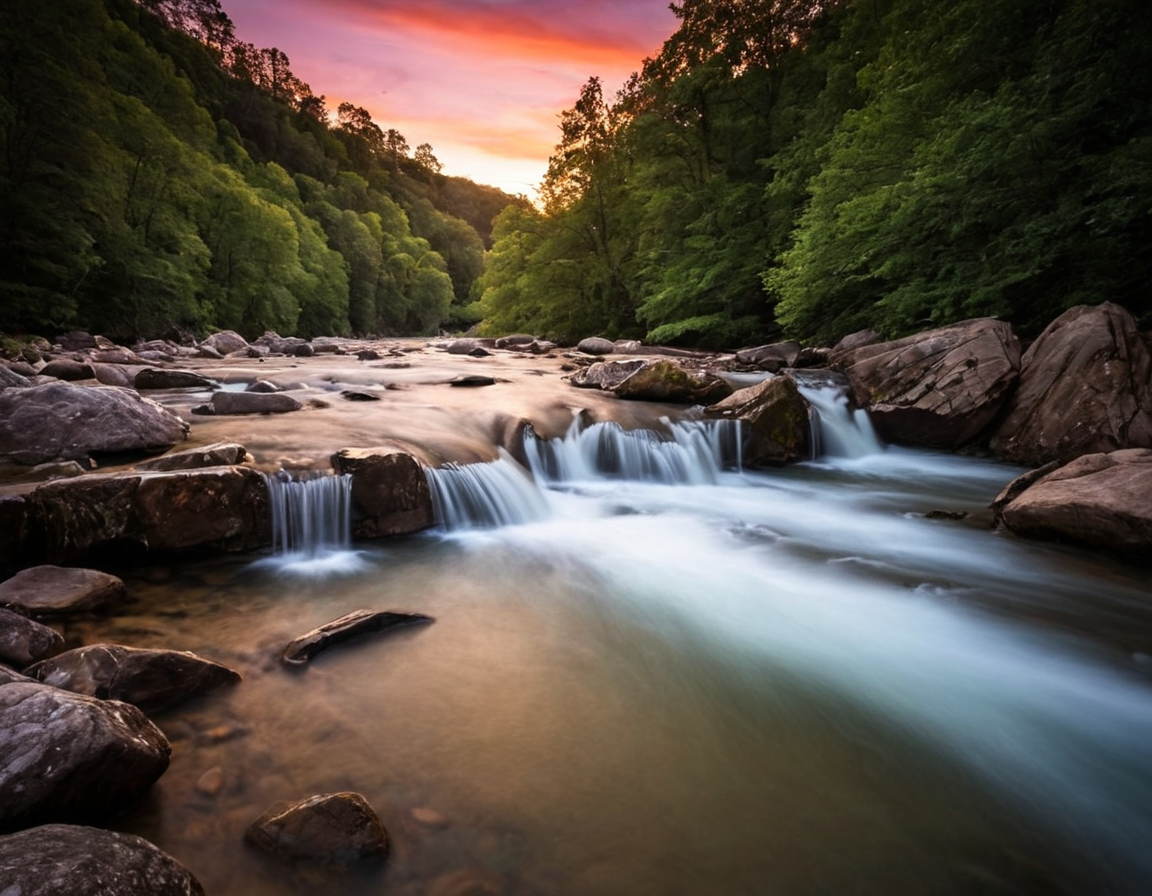Long Exposure Landscape Guide

Mastering Long Exposure: A Comprehensive Guide to Creating Surreal Landscapes
Introduction
Long exposure photography is a highly expressive and creative technique that allows artists to manipulate light, time, and space. When used effectively, it can produce surreal and captivating images that transport viewers to another world. In this comprehensive guide, we will delve into the fundamentals of long exposure, discussing its applications, technical considerations, and practical examples.
Understanding Long Exposure
Long exposure photography involves capturing images over an extended period, often using specialized equipment or techniques. This allows for a range of creative possibilities, including:
- Capturing light trails, movement, and blur
- Creating surreal, dreamlike environments
- Experimenting with unusual shutter speeds
However, mastering long exposure requires a deep understanding of the technical aspects involved.
Technical Considerations
Shutter Speed
Shutter speed is the most critical factor in long exposure photography. A faster shutter speed will result in less motion blur, while a slower speed will produce more pronounced effects. However, extremely slow shutter speeds can introduce camera shake and other issues.
Aperture
Aperture controls the amount of light entering the lens. A wider aperture (smaller f-stop number) will increase the exposure, while a narrower aperture (larger f-stop number) will decrease it. In long exposure photography, it’s often necessary to stop down to prevent overexposure.
ISO
ISO sensitivity affects the camera’s response to light. Lower ISOs are recommended for bright lighting conditions, while higher ISOs are better suited for low-light environments.
Practical Examples
Example 1: Capturing Light Trails
To capture a light trail, start by setting your camera to manual mode and adjusting the shutter speed accordingly. A good starting point is between 10-30 seconds. Use a wide aperture (f/2.8 or wider) and a low ISO (100 or lower). Experiment with different speeds and angles to achieve the desired effect.
Example 2: Creating Surreal Landscapes
To create a surreal landscape, consider using long exposure to capture mist, fog, or clouds. This can be achieved by setting the shutter speed to several minutes (5-10 minutes) and using a slow aperture (f/8 or wider). Experiment with different angles and compositions to add depth and interest.
Conclusion
Mastering long exposure requires patience, practice, and experimentation. By understanding the technical considerations and practical applications outlined in this guide, artists can unlock new creative possibilities and produce captivating images that push the boundaries of photography.
We hope you have found this comprehensive guide informative and helpful. Do you think long exposure photography has the potential to create surreal landscapes that transport viewers to another world? Share your thoughts in the comments below!
Tags
long-exposure-photography-guide surreal-landscape-creation light-manipulation-techniques creative-long-exposure time-in-photography-mastery
About Sarah Davis
Photography enthusiast & expert Sarah Davis helps creative photographers refine their craft through inspiring tutorials, innovative tools, and actionable tips on lentecreativa.com.
